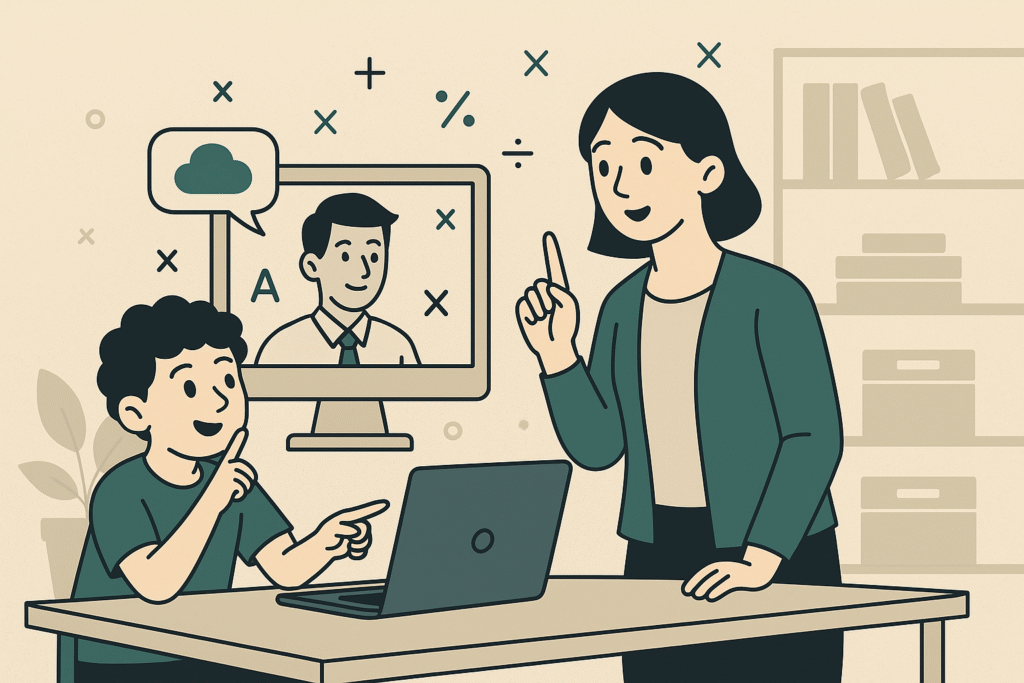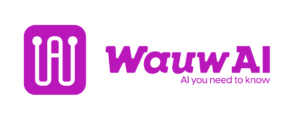
Artificial Intelligence is quietly revolutionising the classroom. From personalised feedback to adaptive learning paths, AI tutors are changing how children learn — and how educators teach. It’s exciting, hopeful, and, yes, also a little complicated.
One standout example is Synthesis Tutor, an AI-powered math teacher for children aged 5 to 11. It’s not your typical app filled with multiple-choice quizzes. Instead, it interacts like a real tutor: encouraging, adaptive, and patiently explaining why an answer is wrong, not just marking it as incorrect.
This isn’t science fiction anymore. AI tutors are here. While the benefits are promising, the technology also raises important questions and concerns.
Pro: The promises of AI in Education
1. Personalised Learning for Every Child
AI systems like Synthesis Tutor adjust to a learner’s level and pace in real time. This means every child, whether ahead or behind, gets a tailored experience that keeps them engaged without overwhelming them.
2. Always Available, Always Patient
Unlike even the most dedicated teacher, AI tutors can be available 24/7. They don’t get tired, frustrated, or distracted and offer consistent, nonjudgmental support.
3. Confidence and Autonomy
Children learn not just content, but also how to learn:
– Making mistakes without fear
– Trying again
– Developing perseverance and self-trust
This boosts emotional resilience alongside academic ability.
4. Bridging Gaps in Access
Not every student has access to great teachers or extra tutoring. AI can potentially democratize learning, especially in under-resourced schools or remote areas.
5. Teacher Support, Not Replacement
AI can help with grading, administrative tasks, or providing feedback, freeing up teachers to focus more on creative instruction, mentoring, and student well-being.
Con’s: The Challenges and Risks
1. Over-reliance on Technology
Too much screen time or automation may lead to a decline in essential interpersonal and communication skills, especially for younger children who still need human interaction and guidance.
2. Equity and digital divide
AI only works when students can access devices, the internet, and a quiet space. Without those, the gap between privileged and disadvantaged learners could widen.
3. Data Privacy and Security
AI tools gather much data about students’ behaviour, performance, and emotions. This raises serious concerns about data usage, consent, and long-term impact.
4. Bias and misjudgment
AI can carry biases or misinterpret a student’s needs if not carefully trained. For instance, it might wrongly conclude a student is lazy when they are struggling with a learning difficulty or emotional issue.
5. Depersonalization of Learning
There’s a risk that education becomes overly standardised or transactional. AI should support human connection, not replace it. Children still need teachers to inspire, empathise, and model real-world problem-solving and creativity.
🎓 Where Do We Go From Here?
AI in education isn’t a silver bullet, but it is a powerful tool. The challenge lies in integrating it responsibly, making sure it enhances, not replaces, the rich, human aspects of learning.
Teachers will remain irreplaceable. But supported by innovative AI systems, they can do more of what matters: nurturing curiosity, creativity, and confidence.
Let’s build a future where every child can thrive — not just with the correct answers, but with the right mindset.
Inspiration for educators and innovators alike:
“AI won’t replace teachers. But teachers who use AI will redefine what education can be.”

